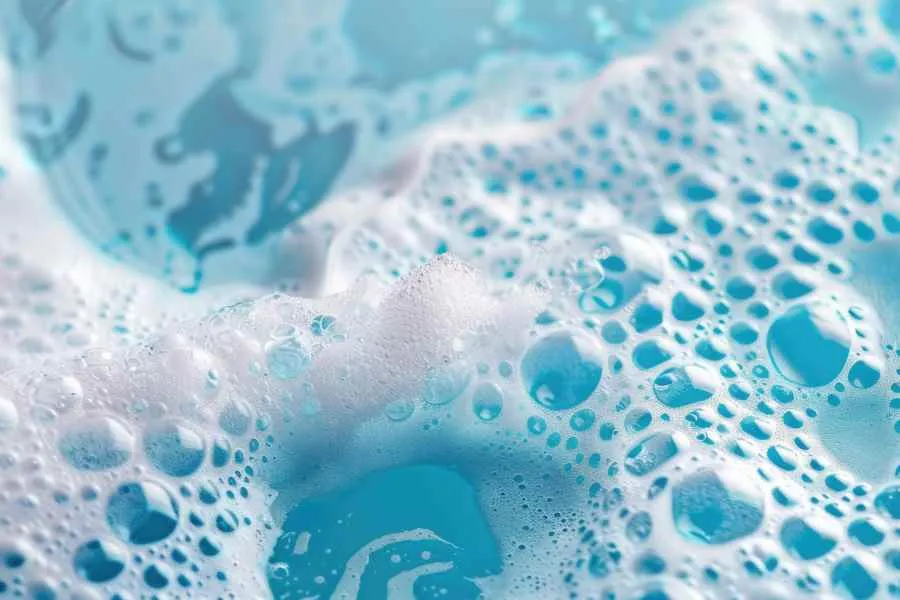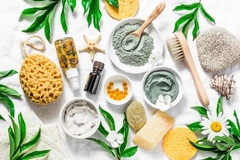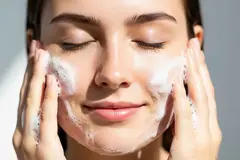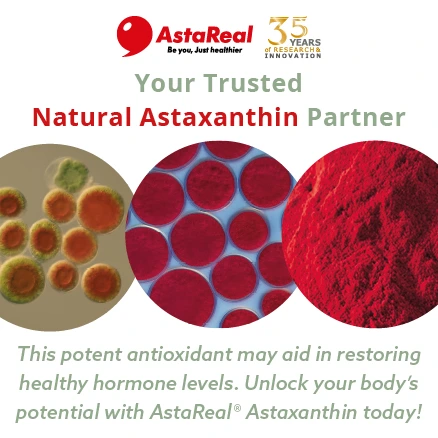Viridi’s CO2-capturing surfactant cuts carbon footprints for cosmetics
Key takeaways
- Viridi has developed Vireya, an anionic surfactant made using captured CO2 as the main feedstock.
- Vireya achieves a 70% reduction in carbon footprint and delivers 10 times greater skin mildness.
- Launching in 2026, the ingredient aligns with tightening sustainability regulations like the EUDR.
UK-based company Viridi has unveiled Vireya, the “world’s first” anionic surfactant that captures CO2 as a principal feedstock. The surfactant aims to eliminate palm oil-derived feedstocks while increasing product performance, benefitting suppliers amid tightening regulations.
Personal Care Insights sits down with Dr. Daniel Stewart, CEO and co-founder of Viridi. Stewart tells us that Vireya’s performance characteristics will find many potential uses across personal care, cosmetics, and home care applications.
“It differentiates itself because CO2 is a renewable raw material that is everywhere, yet it has never been used commercially in surfactants. The results of this innovative product makeup are ground-breaking improvements in product carbon footprint and performance.”
“The new improved version of Sodium Laureth Sulfate (SLES) means everything from shampoos and body washes to facial cleansers and makeup removers could benefit from Vireya. It provides good foaming, great cleansing, and improved skin mildness compared to SLES.”
The tech company notes that the surfactant becomes available at a suitable time for suppliers amid tightened regulations such as the EU Deforestation Regulation (EUDR) and supply volatility.
“Vireya marks a fundamental change in surfactant chemistry,” says Stewart. “By replacing palm-based feedstocks with captured carbon dioxide, we enable the industry to drastically reduce product carbon footprint, ensure compliance with tightening regulations, and deliver better-performing ingredients for consumer products.”
The surfactant is expected to be available for commercial deployment in 2026.
 Viridi says the surfactant has a 70% reduction in product carbon footprint.Reducing carbon footprint
Viridi says the surfactant has a 70% reduction in product carbon footprint.Reducing carbon footprint
Viridi says the surfactant has a 70% reduction in product carbon footprint.
“The major driver of a product’s carbon footprint is most often the carbon intensity of its ingredients. Vireya uses CO2 as its principal ingredient instead of oil palm-derived raw materials. As CO2 has a carbon intensity that is on average five times lower than the raw materials it replaces, this leads to a reduced product carbon footprint,” explains Stewart.
He says that Viridi anticipates only positive impacts on the environment from the surfactant.
“In addition to carbon footprint improvements, the replacement of oil palm-derived inputs is likely to have a positive effect on deforestation and biodiversity loss. In addition, manufacturers will be putting to work already generated waste CO2 that might otherwise become new emissions.”
Stewart tells us that Vireya can be produced in manufacturers’ existing facilities, requiring no new infrastructure. “This enables fast and cost-effective adoption at scale and the possibility of quickly introducing this breakthrough into consumer products.”
The personal care industry has recently seen a shift toward using captured carbon. Mibelle Group, LanzaTech, and the Fraunhofer Institute for Interfacial Engineering and Biotechnology IGB co-developed a CO2-derived ingredient to replace palm oil in cosmetics and everyday products.
Meanwhile, Unilever recently announced its shift toward thermal renewable energy and has taken a step to lower emissions at its Oleochemical Indonesia facility in North Sumatra, to “inspire positive change in the palm oil industry.” The facility is the largest greenhouse gas-emitting site of the company’s global operations.
 The company says the surfactant does not contain any 1,4-dioxane.Skin mildness by 10-fold
The company says the surfactant does not contain any 1,4-dioxane.Skin mildness by 10-fold
Viridi says the surfactant showed a 10 times increase in skin mildness in tests.
“We have tested skin mildness — or more correctly, potential irritancy — using the ‘zein test,’ an in vitro method commonly used in the industry. It tests the product’s ability to break down zein, a plant-based protein similar to our skin’s keratin,” says Stewart.
“A low result in this test, as we achieved, suggests lower skin irritation potential. This is being validated by brand owners with whom Viridi is collaborating.”
Meanwhile, the company shares that it does not contain any 1,4-dioxane, a synthetic industrial chemical. The chemical is widely used as a stabilizer in various formulations and is frequently linked to chlorinated solvents. It is a byproduct or contaminant in consumer goods such as shampoo and laundry detergent. The US FDA has previously said 1,4-dioxane may be a trace contaminant in cosmetics and a potential carcinogen.














